
A California for spring break, Europe for Christmas – how (not) refreshing! Every year, the same destinations dominate travel plans—Paris, Bali, Santorini, Kyoto. If you’re tired of crowds and looking for something different, it’s time to switch it up. There are incredible places around the world that don’t make the usual lists but are just as stunning, affordable, and worth visiting before they get too popular.
From quiet beach towns and historic cities to mountains and remote islands, here are 10 underrated destinations to check out in 2025.
1. Kotor, Montenegro – A Medieval Town on the Adriatic
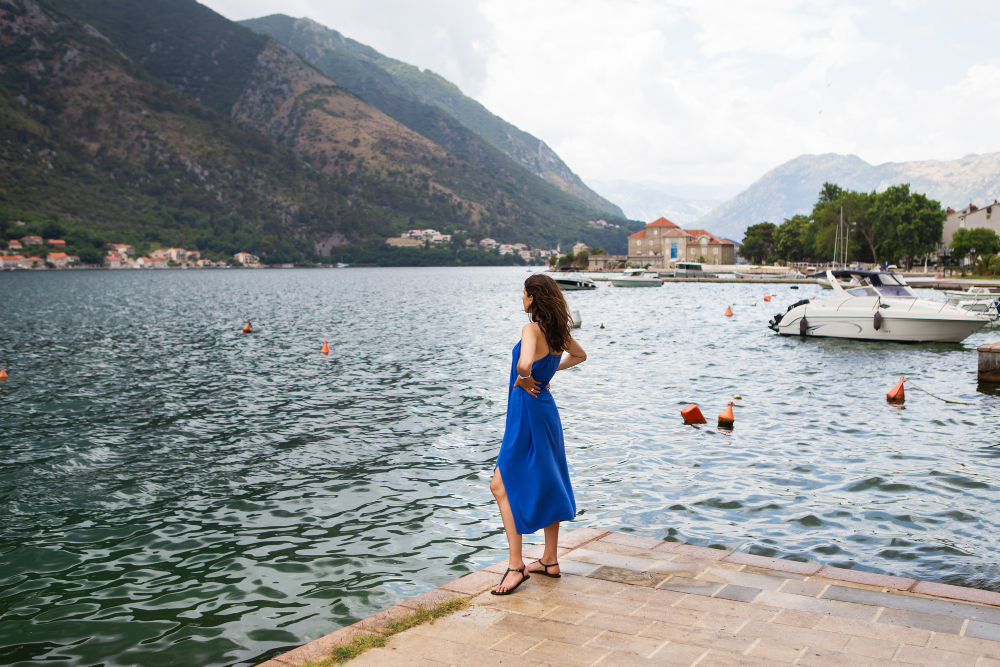
Ideal for: History lovers & scenic seekers
Kotor is like Dubrovnik, but without the overwhelming crowds and cruise ships. A walled medieval town on the Bay of Kotor, it’s got narrow streets, historic buildings, and views that look straight out of a fairytale. It’s small enough to explore in a day but interesting enough to keep you around longer.
What to do:
- Walk through the Old Town
- Hike up to the San Giovanni Fortress for insane views
- Take a boat trip to Our Lady of the Rocks.
Best time to visit:
May–September (warmer weather, fewer tourists).
Notable events:
Kotor Summer Carnival (August) – a lively street festival with music, parades, and street performances.
Getting there:
Fly into Tivat Airport (20 min drive) or Podgorica Airport (2-hour drive).
2. Lofoten Islands, Norway – Jaw-Dropping Arctic Scenery
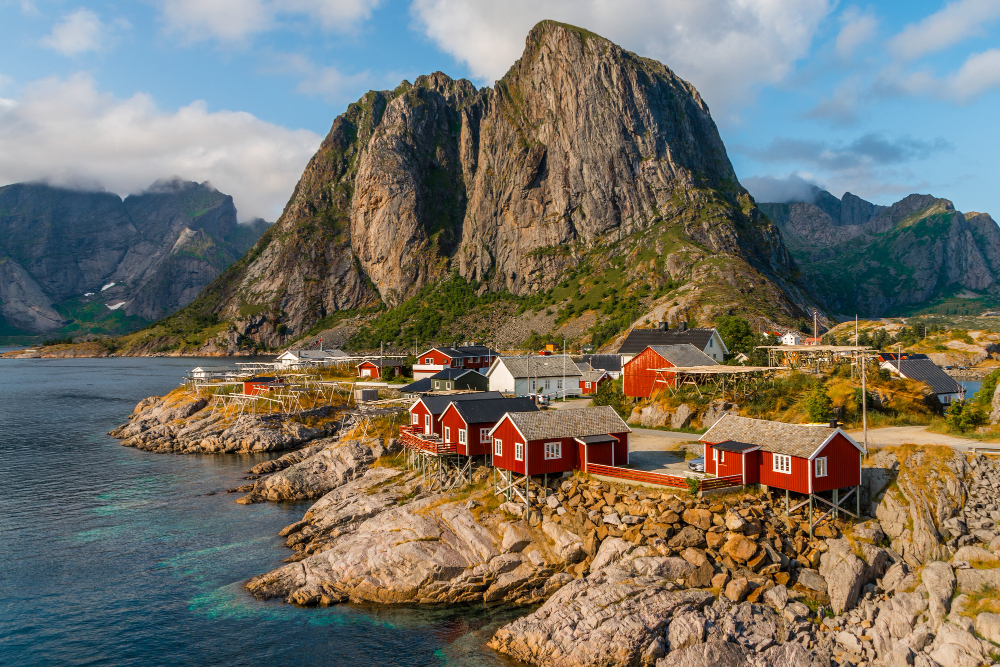
Ideal for: Nature lovers & photographers
If you want unreal landscapes, Lofoten is the place. Sharp mountain peaks rise straight from the sea, fishing villages sit along glassy fjords, and beaches look like they belong in the tropics—except they’re in the Arctic. The best part? Hardly any tourists compared to other scenic spots in Norway.
What to do:
- Kayak through Reinefjord
- Hike the Ryten trail
- Stay in a traditional rorbu cabin over the water.
Best time to visit:
June–August (for the midnight sun and warmer weather) OR
December–March (for the Northern Lights).
Notable events:
Lofoten International Art Festival (September) – showcases contemporary Nordic art and culture.
Getting there:
Fly to Leknes or Svolvær via Oslo, or take a ferry from Bodø.
3. Ilha Grande, Brazil – A Car-Free Island With Wild Beaches
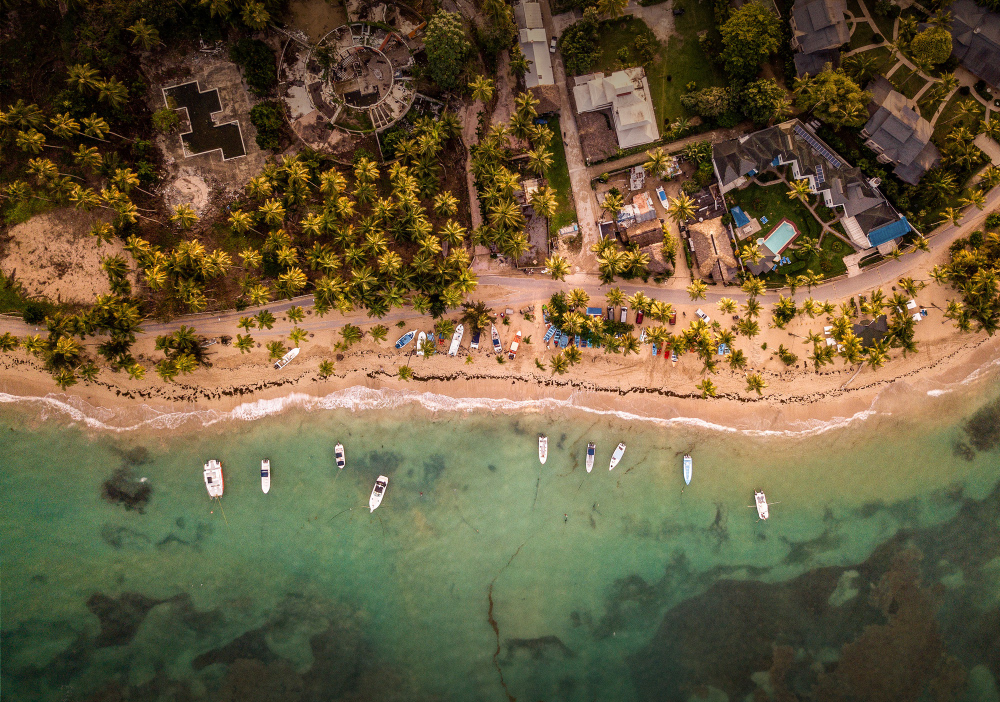
Ideal for: Beach lovers & eco-travelers
Brazil has famous beaches, but Ilha Grande is unusual. No cars, no big resorts—just nature, hiking trails, and some of the best beaches in the country. The vibe is laid-back, and the island has a mix of travelers, locals, and a few beach bars, but no high-rise hotels.
What to do:
- Hike through the jungle to Lopes Mendes Beach
- Snorkel in the Blue Lagoon
- Visit the ruins of an abandoned prison.
Best time to visit:
March–May & September–November (fewer tourists, pleasant weather).
Getting there:
Take a boat from Angra dos Reis, a few hours from Rio de Janeiro.
4. Yamagata, Japan – Temples, Hot Springs & Snow Monsters
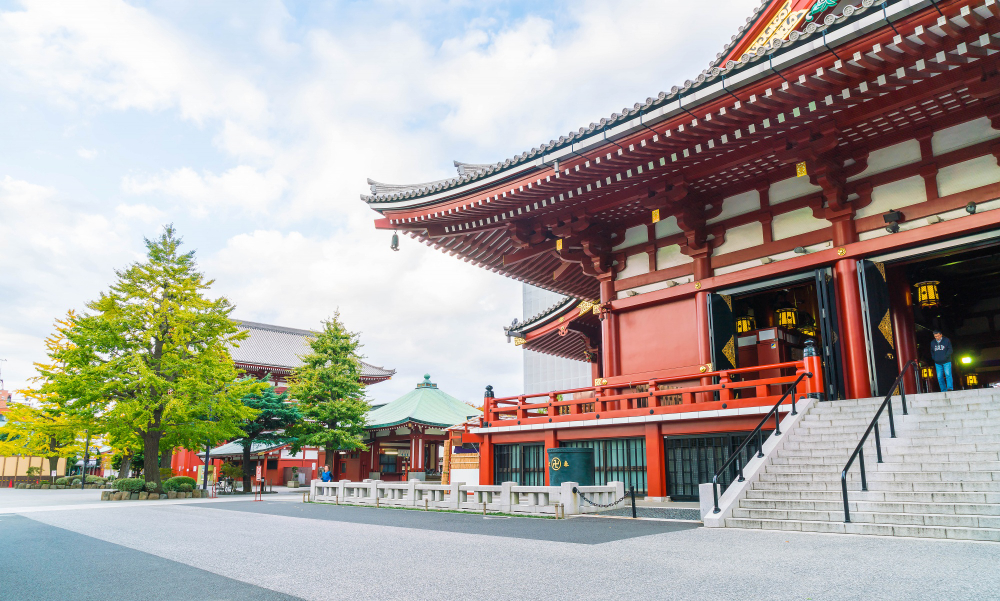
Ideal for: Culture seekers & winter sports lovers
Most tourists go to Kyoto for temples and Hokkaido for skiing, but Yamagata has both—without the tourist overload. It’s known for its onsens (hot springs), scenic mountains, and one of Japan’s most unique winter sights: snow-covered trees called “snow monsters.” If you like quiet, traditional towns, this is your next destination.
What to do:
- Climb the 1,000 steps to Yamadera Temple
- Soak in Ginzan Onsen’s historic baths
- Ski at Zao Onsen and see the snow monsters.
Best time to visit:
December–February (for skiing and winter views) OR
October–November (for the autumn foliage).
Notable events:
Yamagata Hanagasa Festival (August) – thousands of traditional dancers parade through the streets.
Getting there:
Bullet train from Tokyo (2.5 hours).
5. Baku, Azerbaijan – Where Ancient Meets Futuristic
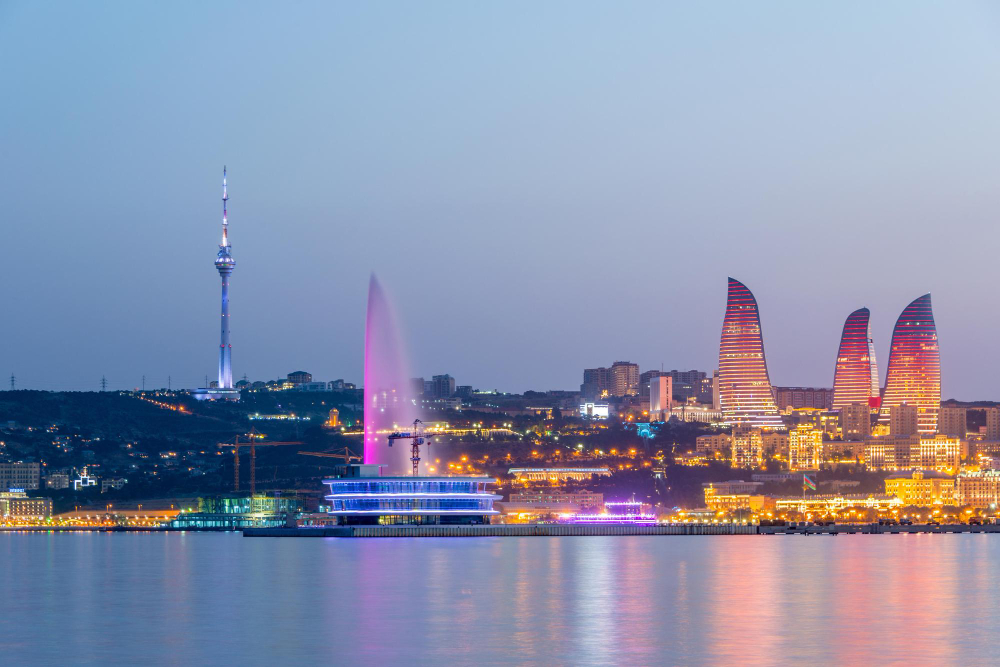
Ideal for: Architecture lovers & urban explorers
Baku is weird in the best way. The city mixes old and new like nowhere else—one minute you’re walking through a medieval walled city, and the next you’re staring at sci-fi-looking skyscrapers. It’s cheap, walkable, and full of culture, plus it’s right on the Caspian Sea.
What to do:
- Walk through the UNESCO-listed Old City
- Check out the Heydar Aliyev Center’s futuristic design
- Visit Gobustan National Park for ancient rock carvings and mud volcanoes.
Best time to visit:
April–June and September–October (pleasant temperatures, cultural festivals)
Notable events:
Baku Jazz Festival (October) – showcasing jazz musicians from around the world.
Getting there:
Direct flights from Europe, the Middle East, and major Asian cities.
6. Svaneti, Georgia – Remote Villages & Epic Hikes
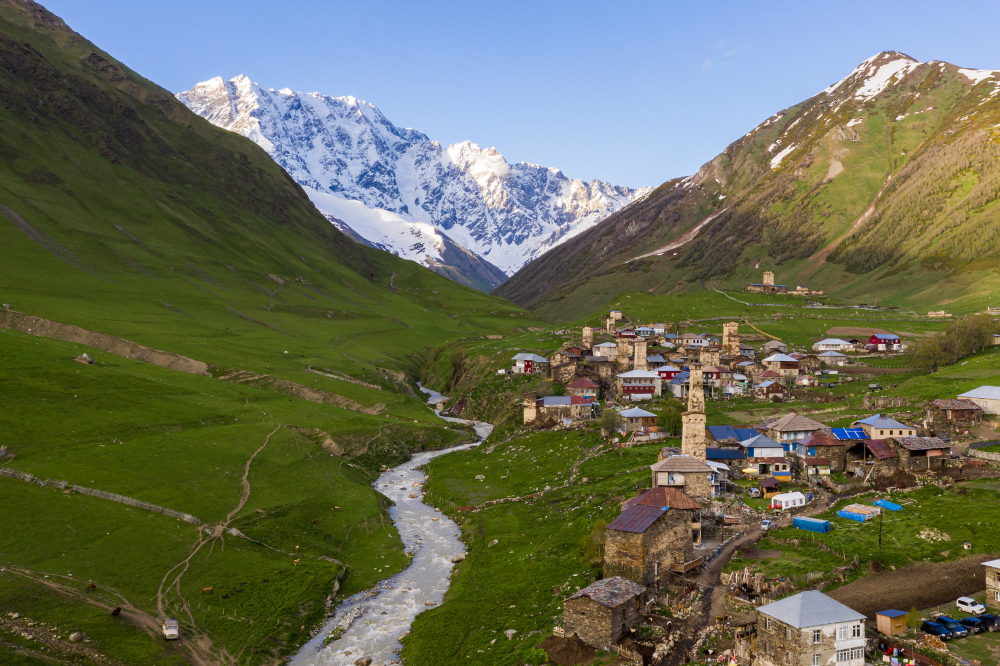
Ideal for: Adventure travelers & hikers
If you like untouched landscapes and hiking without crowds, Svaneti is worth the trip. This remote mountain region in Georgia is covered in glaciers, alpine meadows, and medieval stone towers that look like something from a Game of Thrones. It’s also one of the best hiking destinations in Europe, but barely anyone knows about it.
What to do:
- Trek between the historic villages of Mestia and Ushguli
- Ride the Hatsvali cable car for panoramic mountain views
- Try Svan cuisine, famous for its rich, cheesy khachapuri called ‘Kubdari.’
Best time to visit:
June–September (warm weather, clear mountain trails).
Notable events:
Kvirikoba Festival (July) – traditional religious celebrations in ancient mountaintop churches.
Getting there:
Fly to Tbilisi or Kutaisi
Then, take a scenic 7-hour drive to Mestia.
7. Salento, Colombia – Coffee, Color & Giant Palms
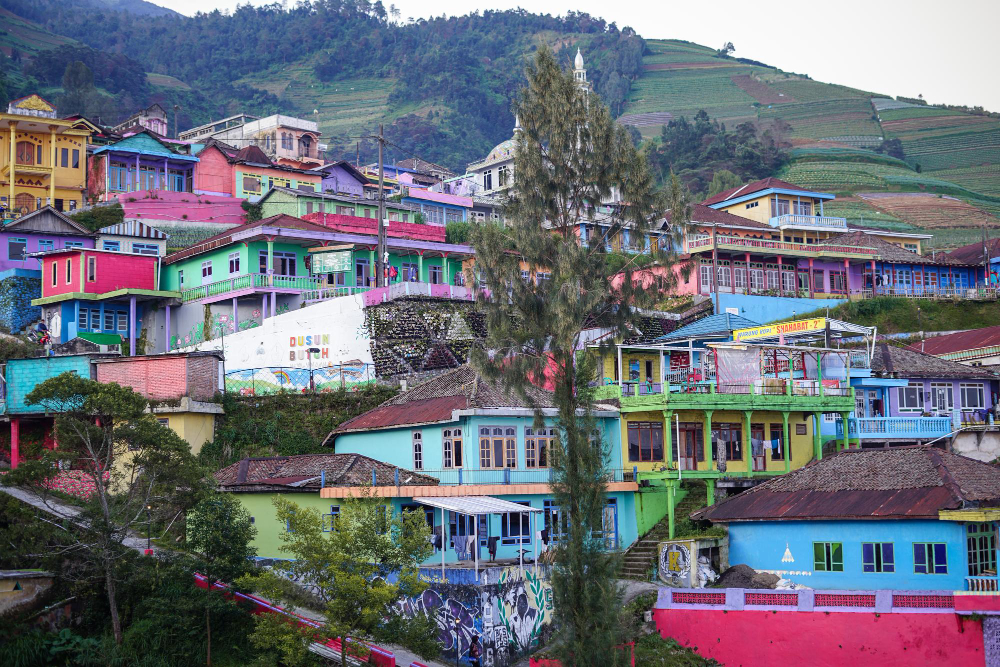
Ideal for: Coffee lovers & countryside explorers
Salento is the heart of Colombia’s coffee region and home to the tallest palm trees in the world. It’s a small, colorful town with laid-back vibes, great food, and easy access to the Cocora Valley. If you want to see where some of the world’s best coffee is grown, this is the place to visit.
What to do:
- Visit a coffee farm
- Hike through the Cocora Valley to see the famous wax palms
- Walk around Salento’s brightly painted colonial streets.
Best time to visit:
December–March (dry season, best for hiking and coffee tours).
Notable events:
National Coffee Festival (January) – a celebration of Colombia’s coffee culture with music and parades.
Getting there:
Fly to Pereira or Armenia.
Then, take a 45-minute bus or taxi ride to Salento.
8. Ksamil, Albania – The Mediterranean’s Best-Kept Secret
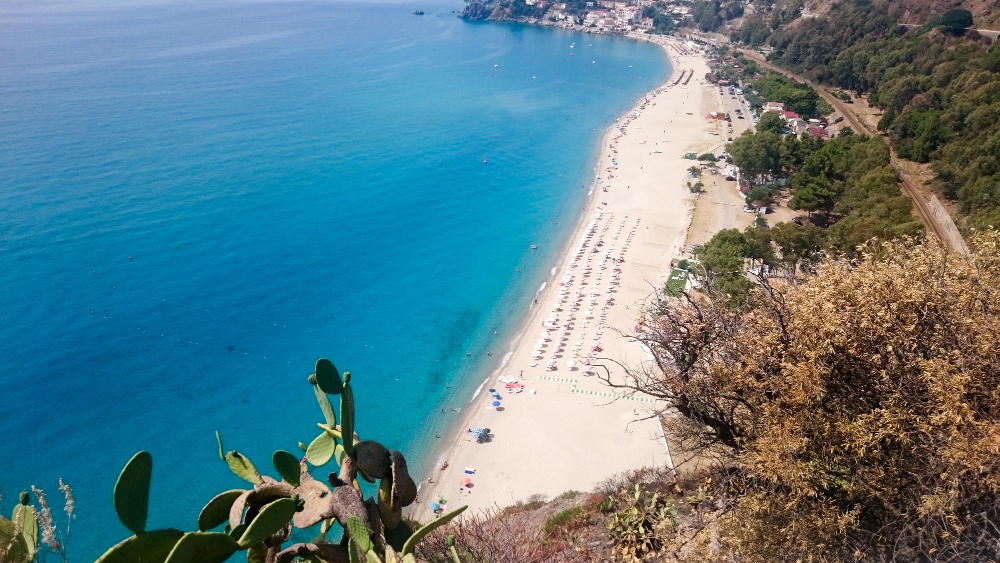
Ideal for: Budget travelers & beach seekers
Ksamil has clear blue water, white sand, and cheap prices, but barely anyone outside of Europe knows about it. It’s on the Albanian Riviera, with beaches that look straight out of Greece or Italy, but without the overpriced hotels and packed shorelines. It’s still under the radar, but probably not for much longer.
What to do:
- Swim in Ksamil’s clear waters
- Take a boat trip to the nearby islands
- Visit Butrint National Park, a UNESCO-listed ancient city.
Best time to visit:
May–June & September (good weather, smaller crowds than peak summer).
Getting there:
Fly to Tirana (Albania) or Corfu (Greece).
Then, take a ferry to Saranda and a short taxi ride to Ksamil.
9. Lalibela, Ethiopia – A Spiritual Marvel
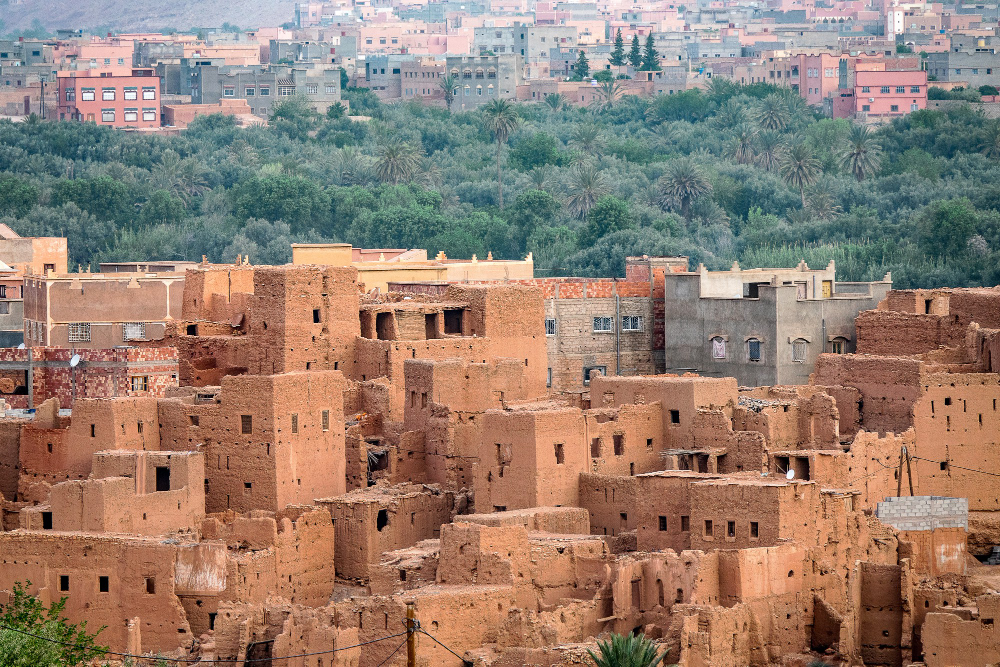
Ideal for: Spiritual seekers & culture enthusiasts
Lalibela looks like something out of a history book. Its 11 rock-hewn churches were carved directly into the ground over 800 years ago and are still used for daily worship. Ethiopia’s rich history and culture are often overlooked, but Lalibela is one of the most incredible religious sites in the world.
What to do:
- Visit the rock-carved churches
- Experience a traditional Ethiopian coffee ceremony
- Walk through ancient tunnels connecting the churches.
Best time to visit:
October–March (dry season, easier access to sites).
Notable events:
Timkat Festival (January) – Ethiopia’s grand Epiphany celebration with processions and water blessings
Getting there:
Fly from Addis Ababa to Lalibela (1-hour flight).
10. Rapa Nui, Chile – A Land of Legends
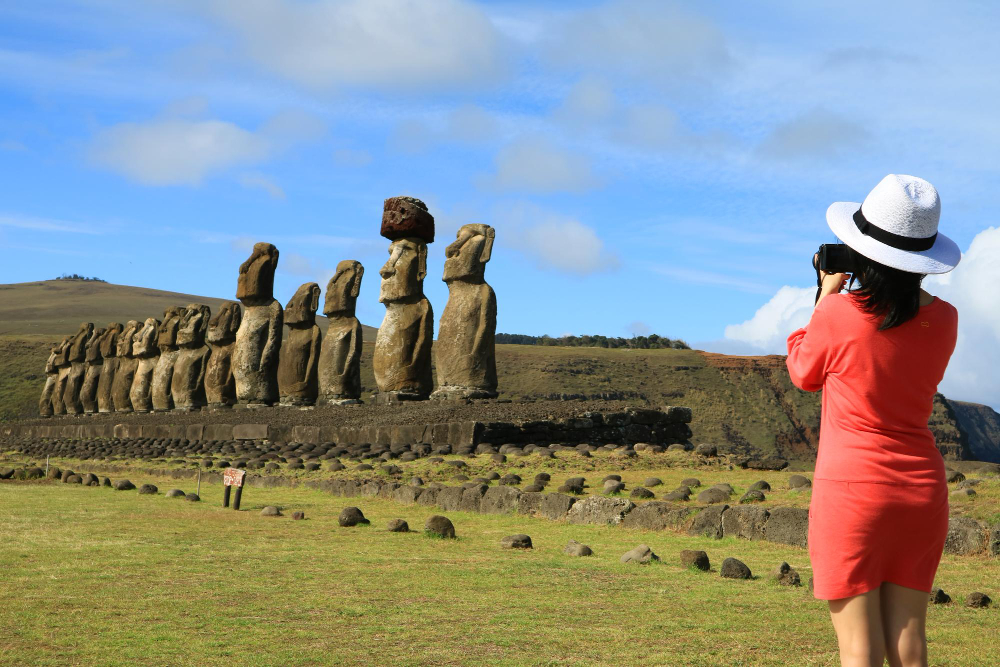
Ideal for: Mystery lovers & remote explorers
One of the most isolated places on Earth, Rapa Nui (Easter Island) is famous for its massive Moai statues, carved by the island’s early inhabitants. It’s expensive to get to, but if you’re into ancient history, Polynesian culture, and surreal landscapes, it’s worth it.
What to do:
- Visit Rano Raraku, the quarry where the Moai were carved
- Watch the sunrise at Ahu Tongariki
- Hike to Rano Kau volcano.
Best time to visit:
October–April (warmer weather, better accessibility).
Notable events:
Tapati Rapa Nui Festival (February) – a two-week cultural event with Polynesian music, dance, and traditional competitions like canoe racing.
Getting there:
Fly from Santiago, Chile (5-hour flight).
Most people visit the same places over and over, but there’s a whole world beyond the usual tourist spots. Whether you want mountains, beaches, history, or culture, these destinations are worth a visit before they become mainstream.
Where’s your next trip?



